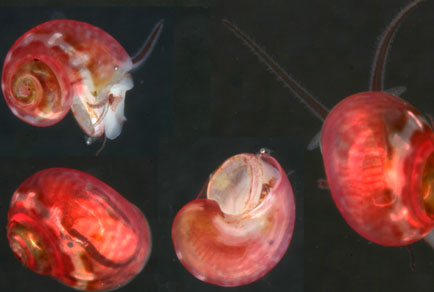Abstract
The external morphology and radula of Gabrielona nepeanensis (Gatliff & Gabriel, 1908) (Phasianellidae, Gabrieloninae) are described and are the first reported observations of the head-foot morphology within the subfamily. The living animal of G. nepeanensis is highly active, with a mobile, bi-lobed propodium bearing an anterior pedal gland, long cephalic tentacles, neck lobes but no cephalic lappets, and four pairs of epipodial tentacles. A half row of its rhipidoglossate radula consists of a central tooth, four lateral teeth and at least 25 marginal teeth. The operculum and shell of G. nepeanensis are described and discussed, with emphasis on the characters common to the subfamily. The shell, radula and operculum are most similar to that of the Indo-West Pacific species Gabrielona pisinna Robertson, 1973, and less so to that of the Caribbean species Eugabrielona sulcifera (Robertson, 1973). The known geographic ranges of G. nepeanensis and G. pisinna are expanded, and these species are shown to be sympatric throughout much of southern Australia.

